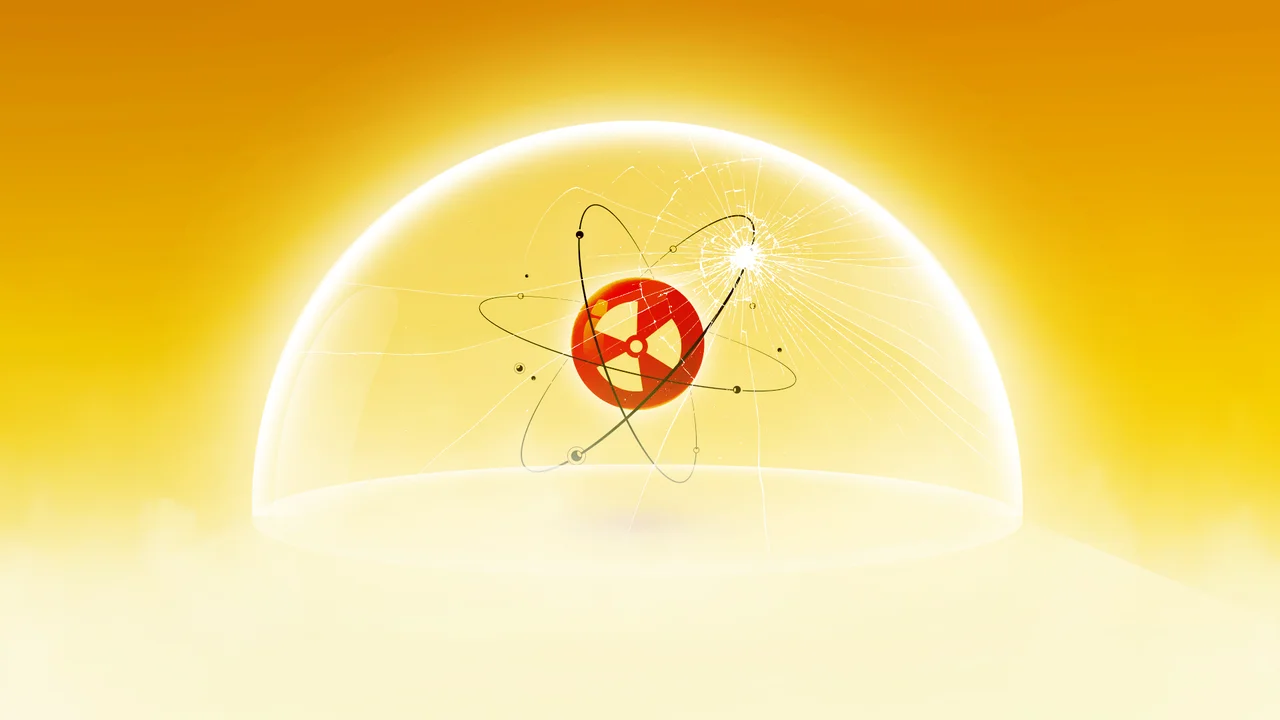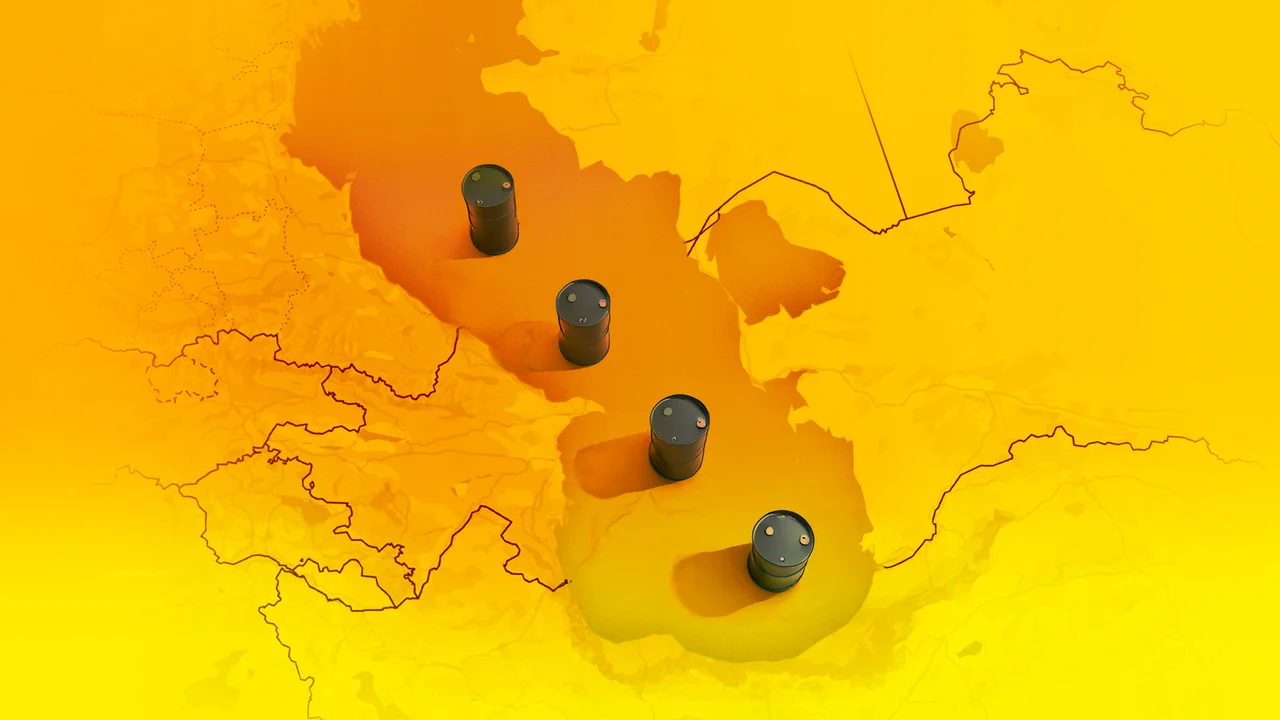Iran’s Lost Opportunity in the Global Helium Trade
Iran lost out on an opportunity to play a role in the global helium business that opened up in 2017, when Saudi Arabia and the UAE cut off diplomatic relations with Qatar. That year - and months before the United States reimposed sanctions on Iran - Qatar blocked its helium land export routes to Fujairah. However, Iran failed to use that opportunity to seize a portion of this multi-billion-dollar global business. Instead, it continues to import its helium, while sitting on probably the third-largest helium reserves in the world.
Helium is an inert gas, colourless and odourless, and it does not burn or react with other elements, making it ideal for many industrial applications. Aside from filling party balloons, helium is used in scientific research, specialised welding equipment, leak detection, medical technology, high-tech manufacturing, space exploration and defence (See Figure 1).
Link
Helium is a non-renewable natural resource that is most commonly recovered from natural gas deposits. This also means that it is a finite resource. (Helium is also present in the atmosphere, but its concentration is so low that air separation is not commercially viable.) The largest deposits of helium are located in the United States, Qatar, Iran and Russia. In Qatar, the North Dome gas field has 0.04% of helium in its gas. This may seem like a small percentage, but considering the size of this field and its large gas production rates, it provides sizable helium reserves. As Iran’s South Pars is a shared reservoir with Qatar, Iran could also benefit commercially from its large helium reserves, but it has not been able to harness this resource. Since helium is an inert gas and does not burn, its removal from the natural gas production stream also improves the calorific value of the pipeline gas.
For decades, the United States was the main producer and supplier of helium in the world. In recent years, Qatar has accelerated its helium production and is now providing 60 Million M3 per year, equivalent to 38% of global helium demand (see Figure 2). At the current wholesale prices of helium, this amounts to around $1 billion per year of revenue for Qatar from a shared reservoir with Iran, or around 50 trillion Tomans. Qatar is expecting the global helium demand to increase by 40-50% by 2030, and is trying to capture a larger share of this global business. Iran, on the other hand, has shown little effort to get into the helium business due to a stated lack of technology and foreign investments. Thus, the country appears to be resigned to keep importing helium.



